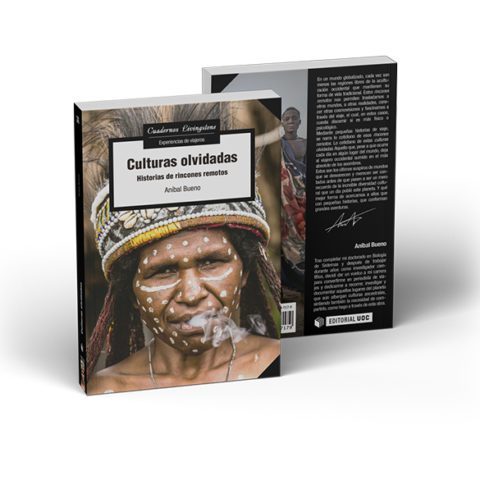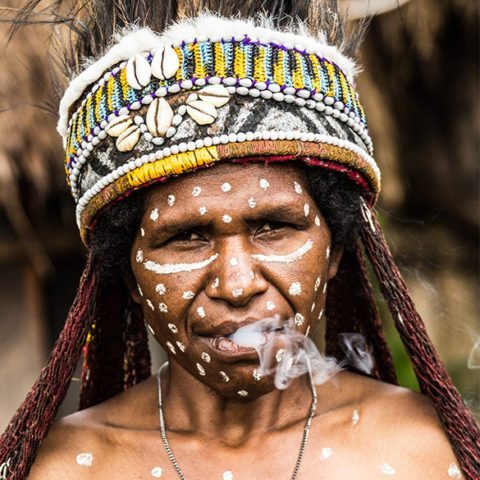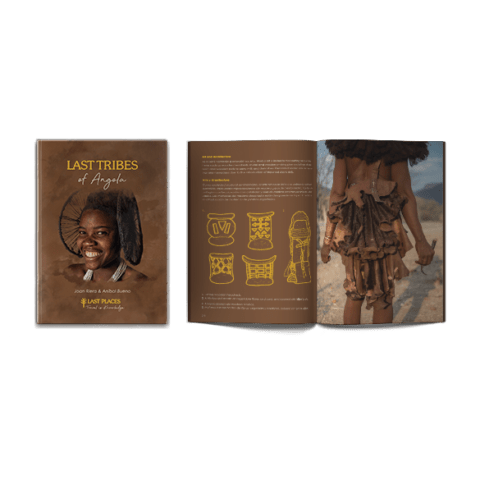Travel guide, scientist, writer and professional photographer expert in documentation of minority societies. He distributes his time between research, teaching and working as a guide.
In a globalized world, fewer and fewer regions free from Western acculturation maintain their traditional way of life. These remote corners allow us to move to other worlds, to other realities, to know other worldviews and to fascinate ourselves through the trip, which, in these cases, it is difficult to discern if it is more physical or psychological. Through small travel stories, the daily life of these corners is narrated. The daily life of these forgotten cultures. The one that, despite the fact that it happens every day somewhere in the world, leaves the western traveler immersed in the most absolute of astonishment. These are the last gasps of worlds that vanish and deserve to be told before they become a mere memory of the incredible cultural diversity that once populated the planet. And what better way to get closer to them than with little stories, which make up great adventures.
Last Tribes of Angola is the first book in the Last Tribes collection that dives into the last “islands of cultural resistance” on the planet. This visual guide is designed to bring us closer to the reality of the various cultural groups in Angola with their own worldview. It presents each of the tribes in an updated way and looks for realistic formulas so that these last peoples can preserve their unique way of life. Written in both English and Spanish, and enriched with a wealth of photographs, illustrations and maps, the book is a unique visual guide to the most remote tribes in southwestern Angola. The work begins by presenting the sixteen tribes on the map of the region. Then the three socioeconomic groups are successively introduced: hunter-gatherers, semi-nomadic cattle breeders and farmers. In the analysis of each of the tribes, the authors discover through images and rich illustrations the territory they inhabit, their way of life, their beliefs and their aesthetics. To conclude, the challenges they currently face as cultural minorities, the threats that hang over them and realistic formulas that allow them to protect their culture and territory are analyzed.



